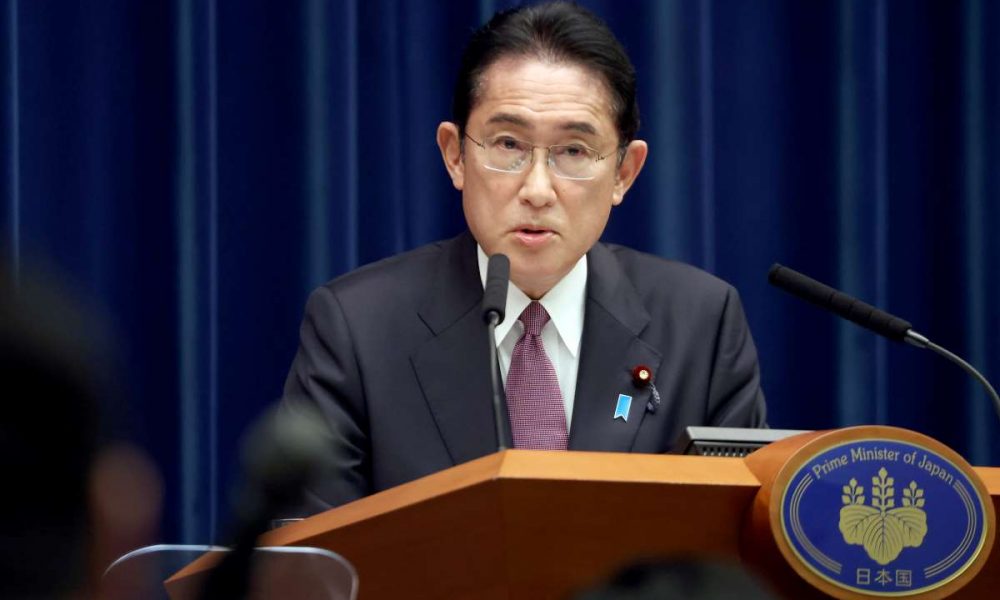


Simulations confirm that Japan cannot protect itself with its current defense capabilities. With this reality check, contingency plans are finally underway.

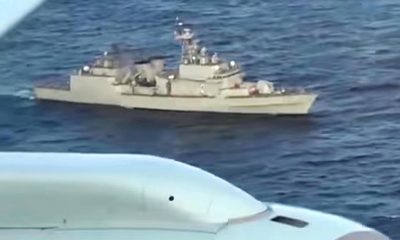

Mutual trust is missing between the supposed security partners. The South Korea Navy committed a dangerous hostile act against Japan's maritime force in 2018.

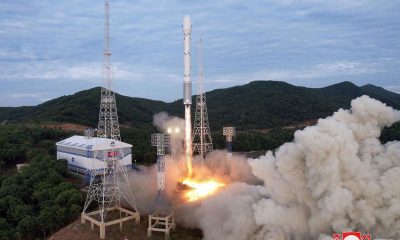

While the latest attempted satellite launch by North Korea failed, it was still a clear violation of United Nations Security Council resolutions.
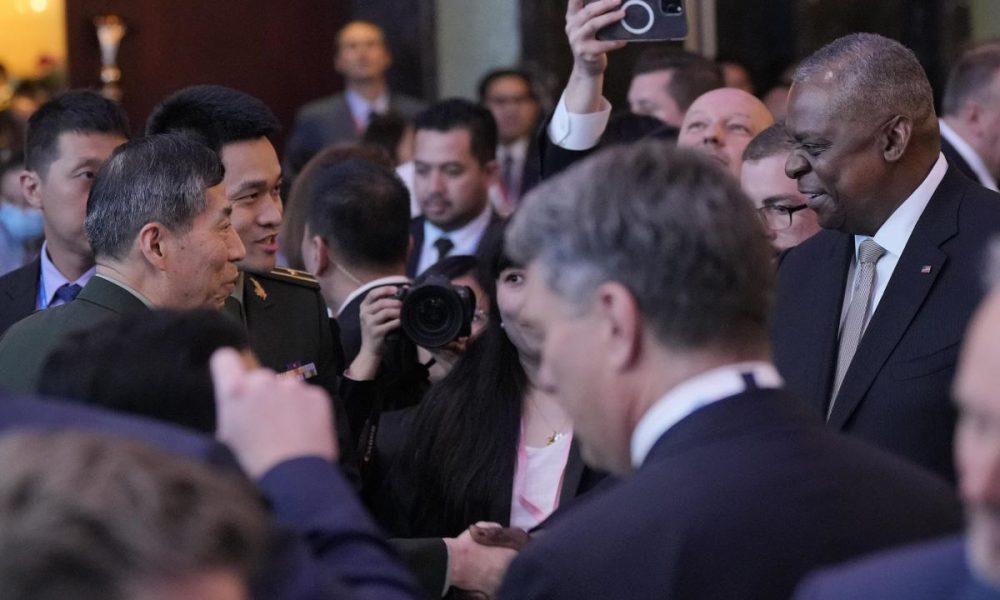


Defense Minister Yasukazu Hamada had fruitful meetings with his American and South Korean counterparts but China's General Li Shangfu was in a pugnacious mood.
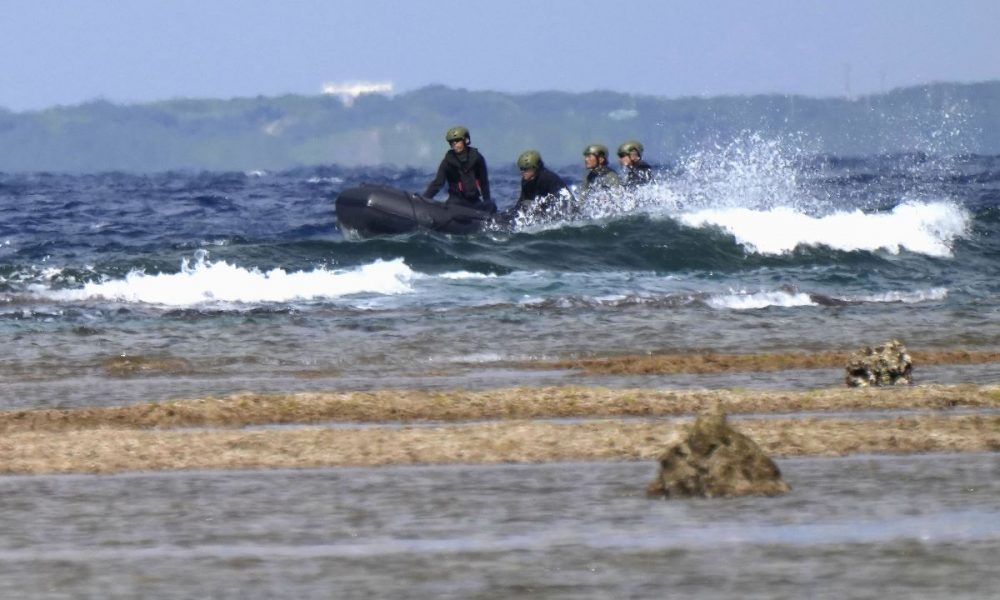


Whether the helicopter crash was accidental or brought about by malice, the Self-Defense Force needs to determine the cause to prevent a future occurrence.

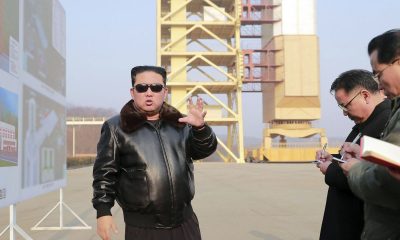

North Korea must be repeatedly confronted with that unalterable reality until it finally helps to resolve the abductions issue.
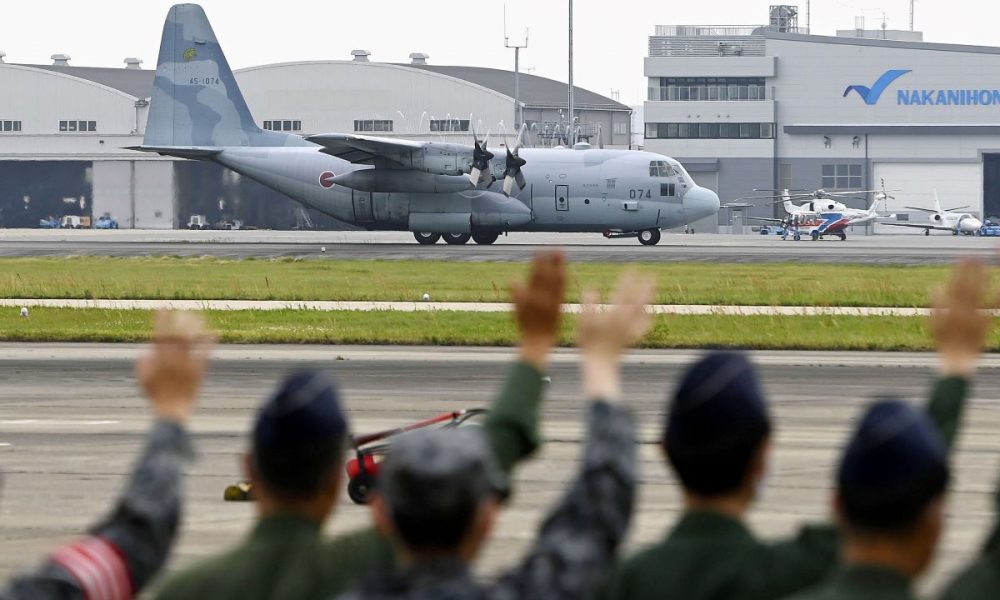
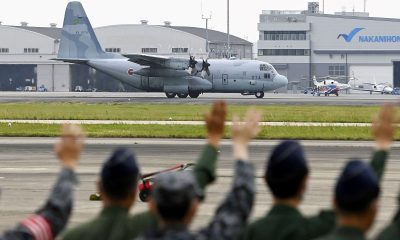

The two groups in Sudan have been in conflict over the transfer of power to a civilian government. Meanwhile, 16 million Sudanese need humanitarian aid.
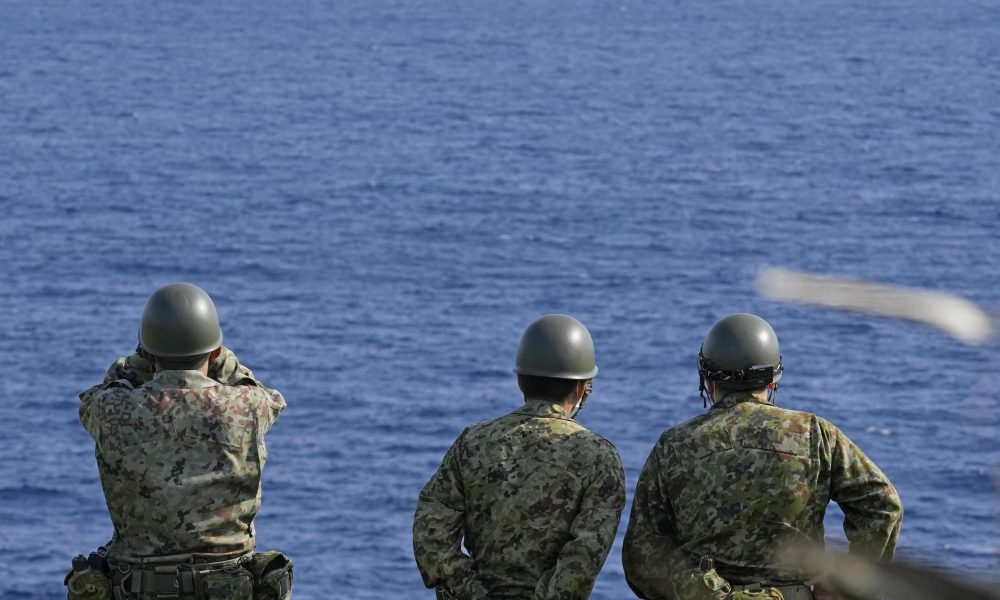


What appears to be the SDF helicopter that vanished on April 6 was discovered in Japanese coastal waters on April 13 and recovery efforts are underway.

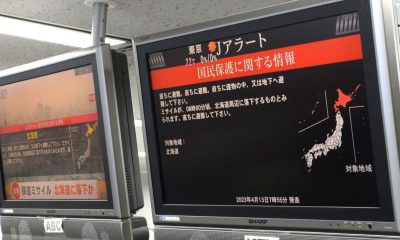

The order was later retracted but North Korean missile provocations are escalating, with launches of an unprecedented frequency near Japan.
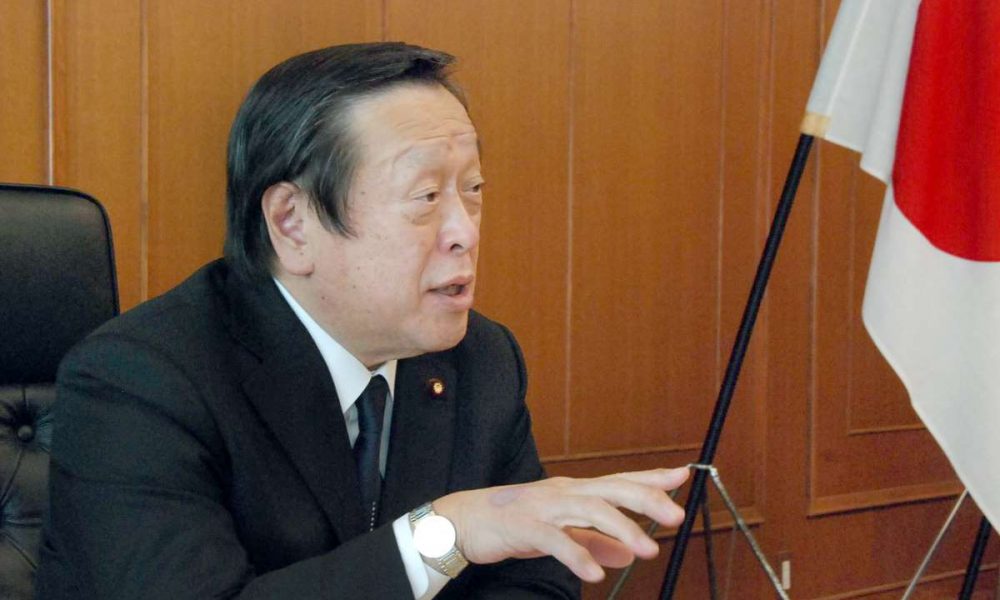
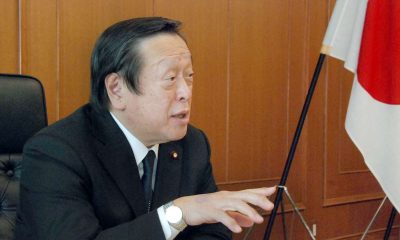

Faced with North Korea's rapid missile development, "We will consider all defense options, including the so-called counterstrike capability," he says.

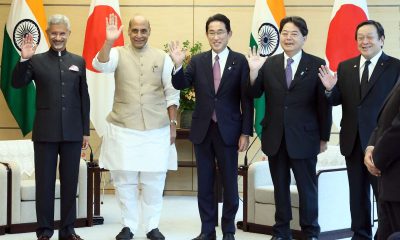

India and Japan are mutually important to each other and share some common goals. But there are differences, including in relations with Russia and China.

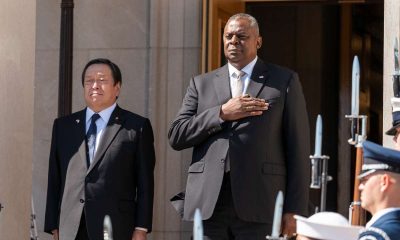

Taiwan will be at the top of the agenda when Japan's Defense Minister Yasukazu Hamada holds talks in the Pentagon with his American counterpart, Lloyd Austin.